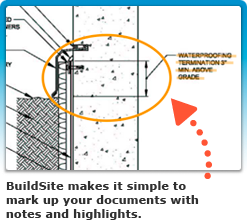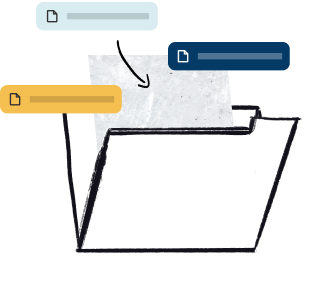Abstract
This specification covers eight types of portland cement: type I, type IA, type II, type IIA, type III, type IIIA, type IV, and type V. The cement covered by this specification shall only contain the following ingredients: portland cement clinker; water or calcium sulfate, or both; limestone; processing additions; and air-entraining addition for air-entraining portland cement. Portland cement of each of the eight types must have the following chemical compositions: aluminum oxide, ferric oxide, magnesium oxide, sulfur trioxide, tricalcium silicate, dicalcium silicate, tricalcium aluminate, and tetracalcium aluminofernite. Applicable properties enumerated in this specification will be determined by the following test methods: air content of mortar, chemical analysis, strength, false set, fineness by air permeability, fineness by turbidimeter, heat of hydration, autoclave expansion, time of setting by gillmore needles, time of setting by vicat needles, sulfate resistance, calcium sulfate, and compressive strength. The cement shall be stored in such a manner as to permit easy access for proper inspection and identification of each shipment, and in a suitable weather-tight building that will protect the cement from dampness and minimize warehouse set.
This abstract is a brief summary of the referenced standard. It is informational only and not an official part of the standard; the full text of the standard itself must be referred to for its use and application. ASTM does not give any warranty express or implied or make any representation that the contents of this abstract are accurate, complete or up to date.
1. Scope
1.1 This specification covers ten types of portland cement, as follows (see Note 2):
1.1.1 Type I—For use when the special properties specified for any other type are not required.
1.1.2 Type IA—Air-entraining cement for the same uses as Type I, where air-entrainment is desired.
1.1.3 Type II—For general use, more especially when moderate sulfate resistance is desired.
1.1.4 Type IIA—Air-entraining cement for the same uses as Type II, where air-entrainment is desired.
1.1.5 Type II(MH)—For general use, more especially when moderate heat of hydration and moderate sulfate resistance are desired.
1.1.6 Type II(MH)A—Air-entraining cement for the same uses as Type II(MH), where air-entrainment is desired.
1.1.7 Type III—For use when high early strength is desired.
1.1.8 Type IIIA—Air-entraining cement for the same use as Type III, where air-entrainment is desired.
1.1.9 Type IV—For use when a low heat of hydration is desired.
1.1.10 Type V—For use when high sulfate resistance is desired.
Note 1—Some cements are designated with a combined type classification, such as Type I/II, indicating that the cement meets the requirements of the indicated types and is being offered as suitable for use when either type is desired.
Note 2—Cement conforming to the requirements for all types are not carried in stock in some areas. In advance of specifying the use of cement other than Type I, determine whether the proposed type of cement is, or can be made, available.
1.2 The values stated in either SI units or inch-pound units are to be regarded separately as standard. The values stated in each system may not be exact equivalents; therefore, each system shall be used independently of the other. Combining values from the two systems may result in non-conformance with the standard. Values in SI units [or inch-pound units] shall be obtained by measurement in SI units [or inch-pound units] or by appropriate conversion, using the Rules for Conversion and Rounding given in , of measurements made in other units [or SI units]. Values are stated in only SI units when inch-pound units are not used in practice.
1.3 The text of this standard references notes and footnotes which provide explanatory material. These notes and footnotes (excluding those in tables and figures) shall not be considered as requirements of the standard.
Reproduced, with permission, from the ASTM International website, copyright ASTM International, 100 Barr Harbor Drive, West Conshohocken, PA 19428. To purchase the complete standard, go to http://www.astm.org/.



